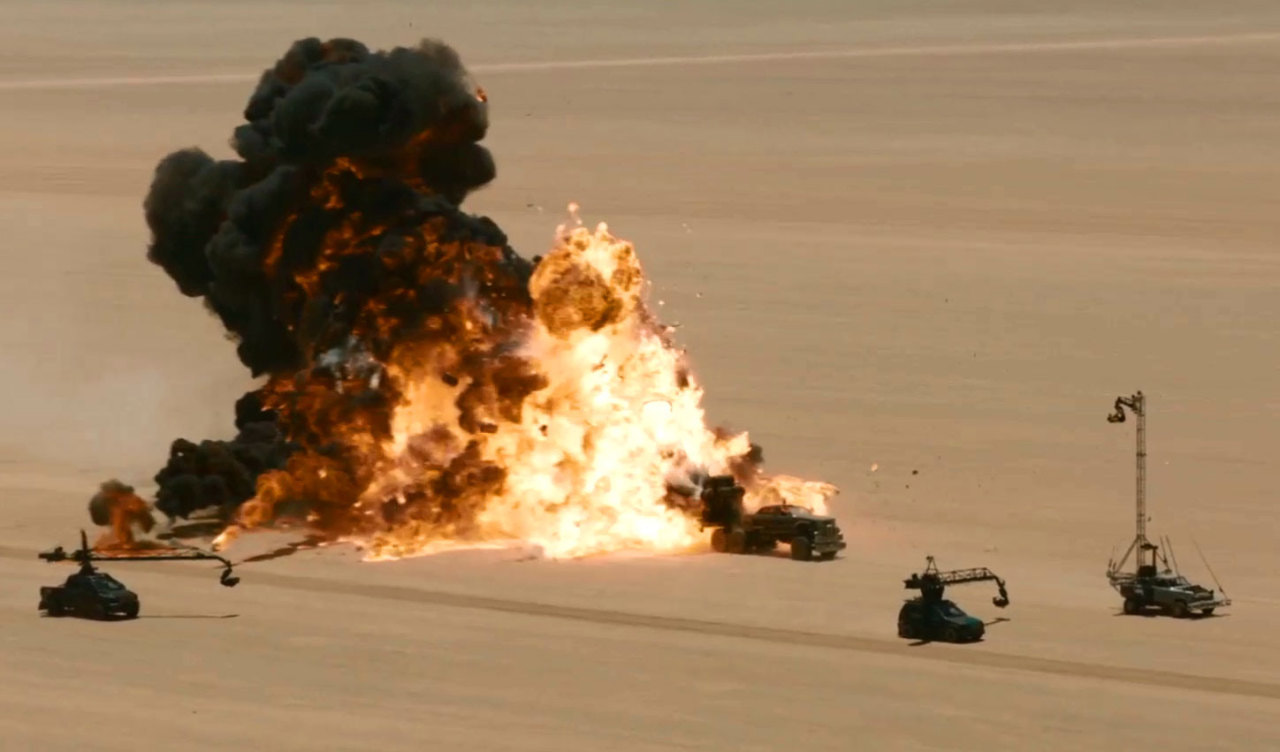|
Pyrotechnics are an essential component of the movie magic we witness on the big screen. From action-packed blockbusters to heart-wrenching dramas, these special effects bring stories to life and engage audiences like never before. The International Stunt Academy not only trains people in stunt and action acting but also offers education in practical special effects, including pyrotechnics. This article serves as an introduction to pyrotechnics, exploring their usage, main types, and iconic examples in action films. The Magic of Pyrotechnics
Pyrotechnics involve the use of controlled chemical reactions to create spectacular visual and auditory effects, like explosions, fire, and smoke. These special effects are employed to enhance the realism and excitement of various scenes in movies, concerts, and live events. In film, pyrotechnics are often used to simulate on-screen explosions, gunfire, and other high-impact events, adding drama and intrigue to the storyline. Some of the Main Types of Pyrotechnic Effects
Ensuring safety when working with pyrotechnics on a film set is of paramount importance. Proper planning, communication, and adherence to guidelines and regulations can help minimize risks and prevent accidents. Here are several key steps to assess and maintain safety for pyrotechnics on a film set:
Iconic Pyrotechnic Examples in Action Films
Pyrotechnics play a crucial role in bringing stories to life and immersing audiences in the cinematic experience. This introduction to pyrotechnics offers a glimpse into the world of special effects, showcasing the incredible artistry and technical skill required to create these unforgettable on-screen moments. As the International Stunt Academy trains the next generation of special effects artists and stunt performers, the use of pyrotechnics will continue to dazzle and excite viewers for years to come. Comments are closed.
|
AuthorThis blog os co-authored by The ISA Team Archives
June 2024
Categories
All
|


 RSS Feed
RSS Feed

3/27/2023